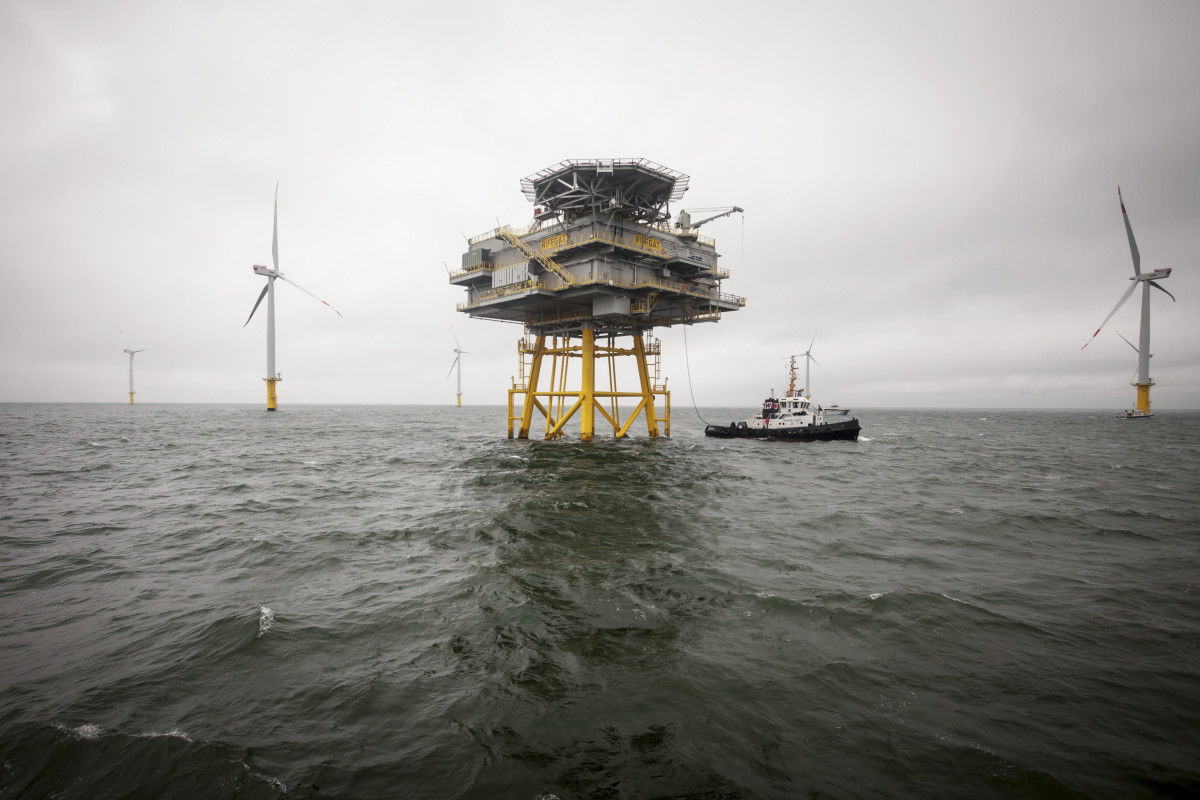Germany rethinks renewable energy

“Going green” hasn’t worked out as planned
Electricity consumers—families and businesses—in the 28 countries of the European Union are finding that the road to greener power is full of bumps. And it’s expensive.
It didn’t look like that at the beginning. At a worldwide gathering in Kyoto, Japan, in 1997, many European leaders became convinced that human activities, especially the use of fossil fuels such as coal and natural gas, were changing the world’s climate and other natural systems. They believed that producing energy from wind and sunlight would be better for the environment.
Officials from Germany were especially eager to make changes. Back home, they picked some target numbers, signed pieces of paper, and galloped onto the path marked “renewable energy,” with visions of wind power and solar power for all. The reality is quite different. As energy policy discussions on what to do about coal, nuclear, and renewable energy continue here in Kentucky and throughout the United States, taking a look at what’s happening in Germany may be very useful.
Expensive renewable energy
By 2003, Germany’s elected officials had crafted a broad framework of energy changes. Although they planned to keep nuclear power generation in the mix, everything else would change. To lower greenhouse gas emissions, they planned a massive shift to renewable energy along with a dramatic reduction in the use of coal and natural gas. For the country that has the largest industrial economy in the European Union, such a change would be revolutionary. So German politicians gave the new plan the name “Energiewende,” which means “energy transformation.”
To kick-start this transformation, the German government set up a complicated financial system of subsidies and incentives to encourage the build-out of new methods of generating electricity from sunshine and wind. To do that, the German government put a surcharge on all electricity users’ monthly bills. This extra charge started out small. But as more solar and wind power developers have completed their projects, the surcharges to consumers have gone up to keep pace with the construction. Today, for every $100 of electricity actually used during a month, consumers must pay an additional $22 in renewable energy surcharges.
But there is another part to the complicated system of government subsidies. When solar arrays and windmills began generating electricity, the German government guaranteed to pay the operators of these renewable systems an artificially high price for that power. That price is much higher than electricity generated by coal or natural gas. As the portion of electricity generated by expensive renewable resources going into the power grid increases, so do the power bills for families and businesses.
German consumers now pay the highest electricity rates in the European Union. Many German families are finding it harder to pay their monthly electricity bills, and they’re asking for public assistance. Newspapers report that electric service shut-offs for nonpayment are also increasing.
A return to coal
Higher electricity prices are having a much broader and deeper effect on Germany’s business community. Manufacturing is the backbone of that country’s economy. For Germany’s energy-hungry industrial customers, rapidly rising electricity prices are forcing companies to make hard choices about how to get their energy costs under control. The options include drastic changes.
About one in six German companies has chosen to generate their own electricity on-site, and rely less on the power grid or disconnect from it entirely. But when they add rooftop solar panels or burn wood waste for combined heat and power generation, they too become eligible for yet another set of government subsidies. That money has to come from somewhere, and it’s coming out of other consumers’ pockets. Electricity bills for families and businesses still connected to the grid continue to climb even higher.
For other German businesspeople, it’s beginning to look like the most sensible thing to do is shut down their German factories and move their operations to another country with lower electricity prices. That means fewer jobs for German workers and harm to their national economy.
Other complications are forcing Germany’s political leaders to rethink their plans for a massive energy revolution. Building transmission lines to bring wind power and solar power from remote locations to population centers is taking more time than planned—and adding more to the cost of using renewable energy.
Ten years ago, German planners thought that nuclear power would supply steady electricity when the sun didn’t shine and the wind didn’t blow. But after the effects of the 2011 tsunami on the nuclear power plant at Fukushima, Japan, Germany’s leaders decided to phase out their nuclear power plants completely by the year 2022.
So Germany has been quietly increasing its coal use. Last year, a new coal-based power plant began producing electricity, and 10 additional coal power plants have been approved for construction.
Nancy Grant from June 2014 Issue

